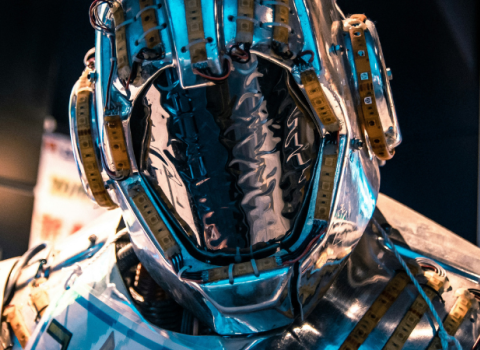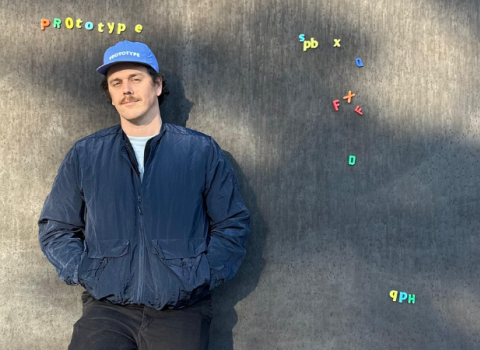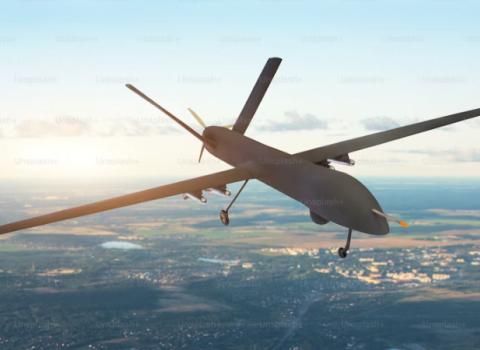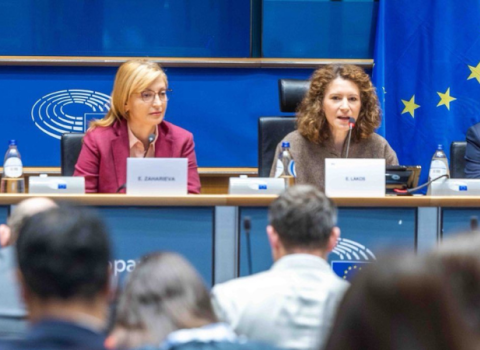Oxford Researchers have developed a new way of treating the most severe cases of respiratory diseases, such as asthma and chronic obstructive pulmonary disease (COPD), for cases when treatment with conventional therapies is insufficient. The team have discovered that electrical stimulation of specific brain regions leads to significant improvements in lung function.
Work to date has shown that a technique known as Deep Brain Stimulation can be used to electrically stimulate specific brain areas to generate a significant boost to lung function. Current work is focused on demonstrating that this new approach can correct drug-induced broncho-constriction in non-asthmatic patients.
Unmet clinical need
Respiratory disease represents a huge burden to society. There is a stage in advanced COPD when breathlessness is intractable, leading to repeated hospital admission. Admissions of broadly this type are the second commonest cause of hospital admission in the UK and the USA. In addition, asthma affects 300 million people worldwide and around 5% of these cannot be treated effectively using current medications.
There is therefore an urgent need to improve treatment options for patients with severe respiratory disease. For many patients, where other therapies have proven ineffective, Deep Brain Stimulation could offer a ‘last resort’ for what is a potentially fatal condition. Many deaths from respiratory disease are sudden and result from an under self-administration of bronchodilator therapies. The new Deep Brain Stimulation technique would be Graphical image of airways with and without asthmaconstantly active and therefore under-administration of bronchodilator therapy would no longer be a concern.
Established surgical techniques
Deep Brain Stimulation is already an established technique for the treatment of Parkinson’s disease. The technique involves inserting a small electrode into a specific region of the brain and stimulating that region with an electric current. The operative procedure is minimally-invasive and patients are normally home within two days following surgery.
Patent Status
The technology is the subject of a UK priority patent application. Isis would like to speak with parties interested in commercialising this technology.





 A unique international forum for public research organisations and companies to connect their external engagement with strategic interests around their R&D system.
A unique international forum for public research organisations and companies to connect their external engagement with strategic interests around their R&D system.